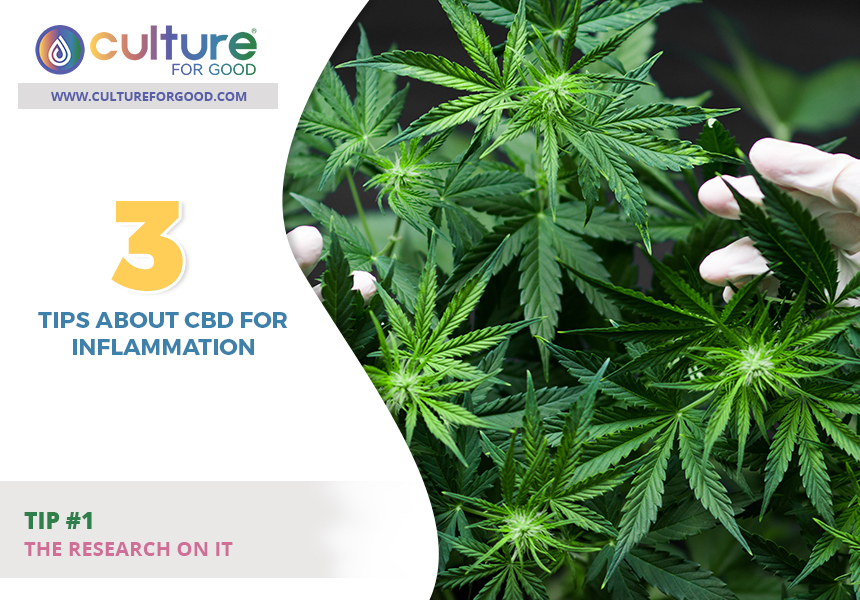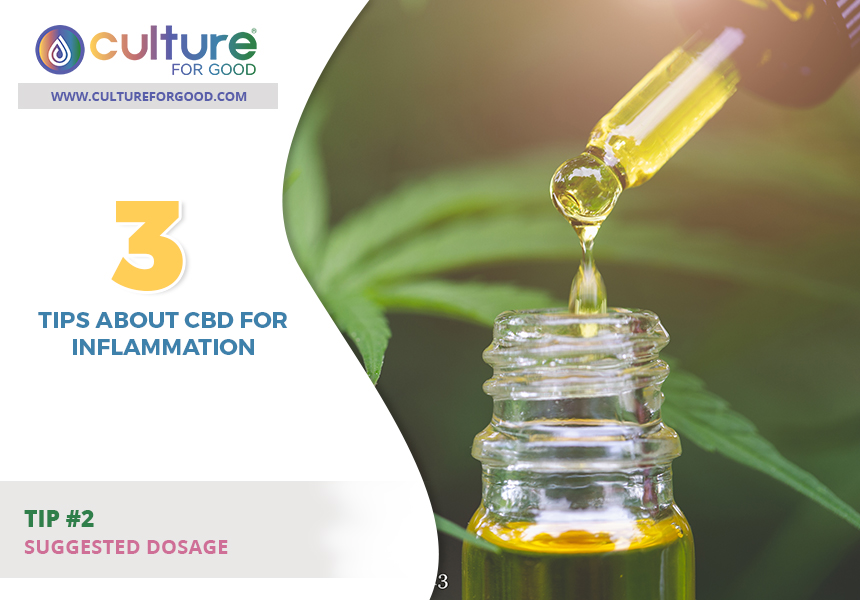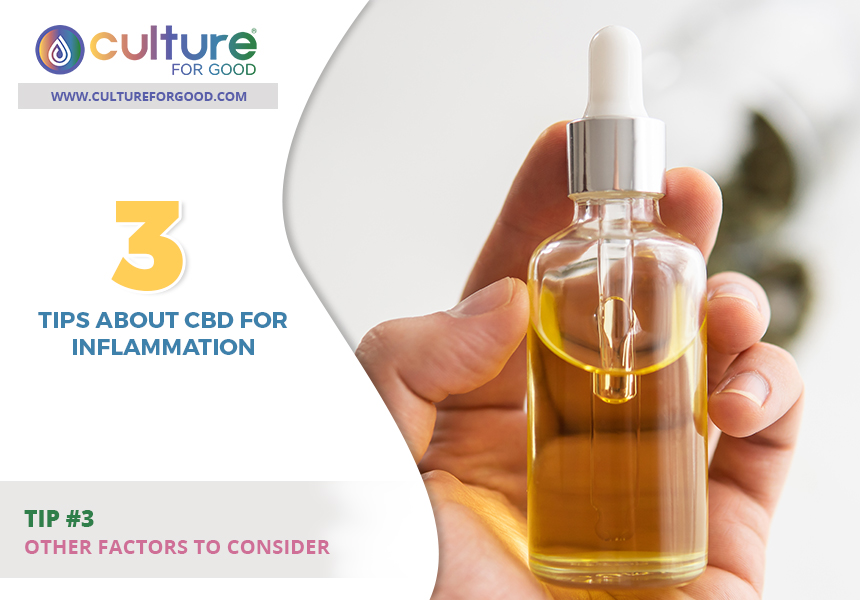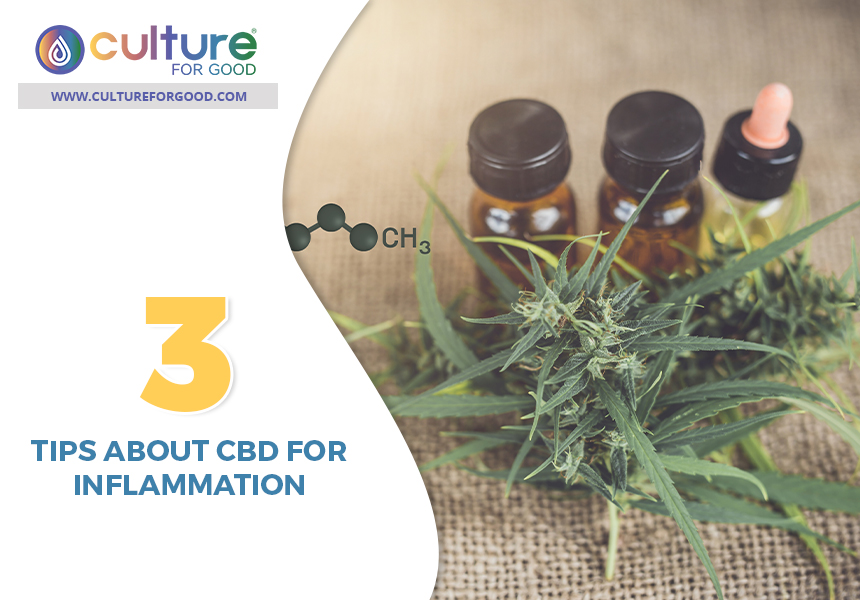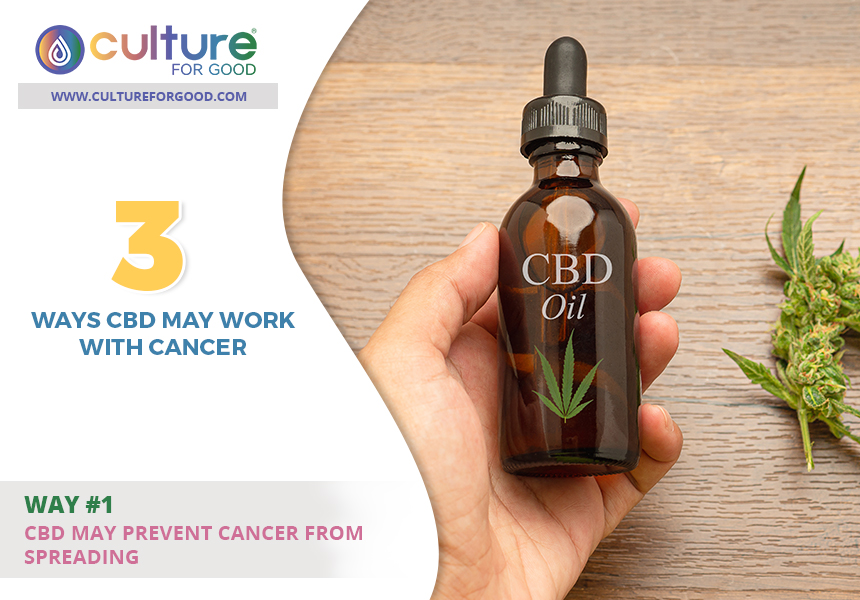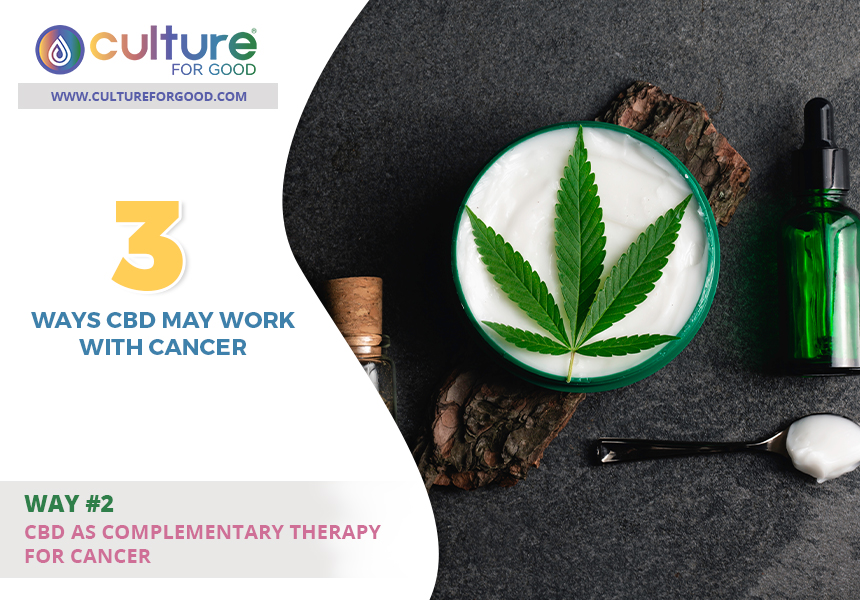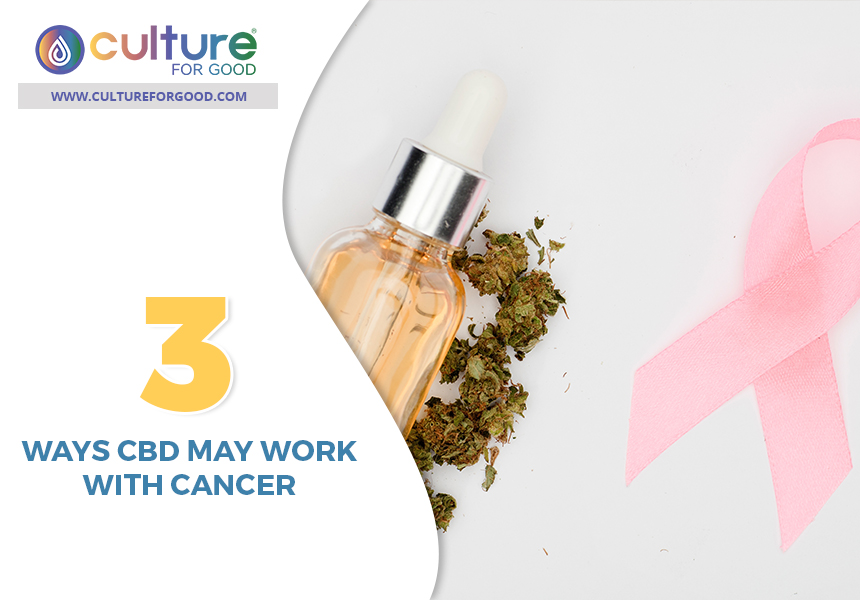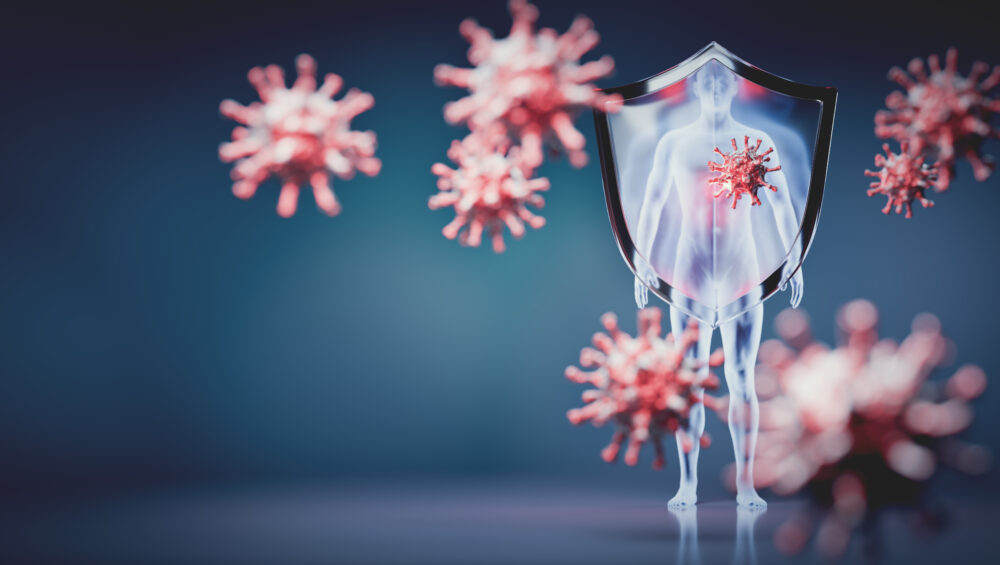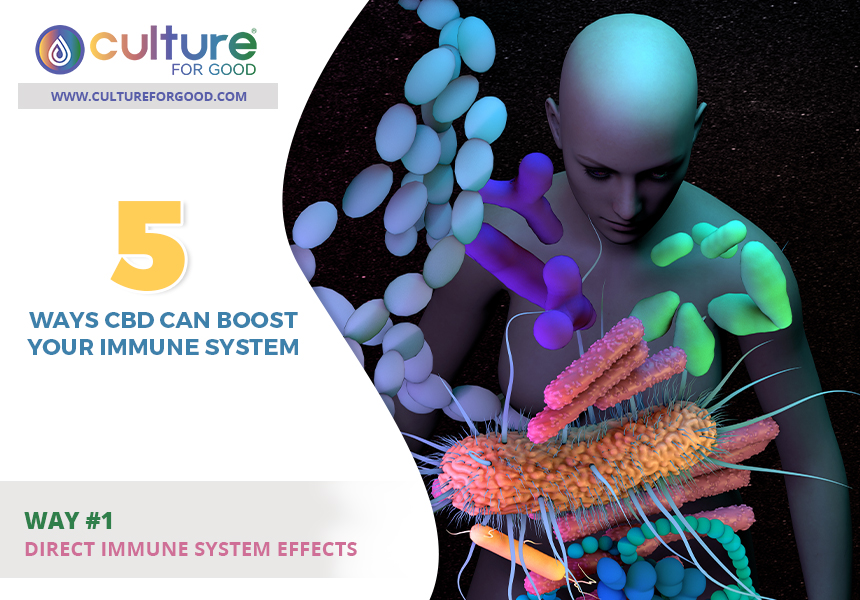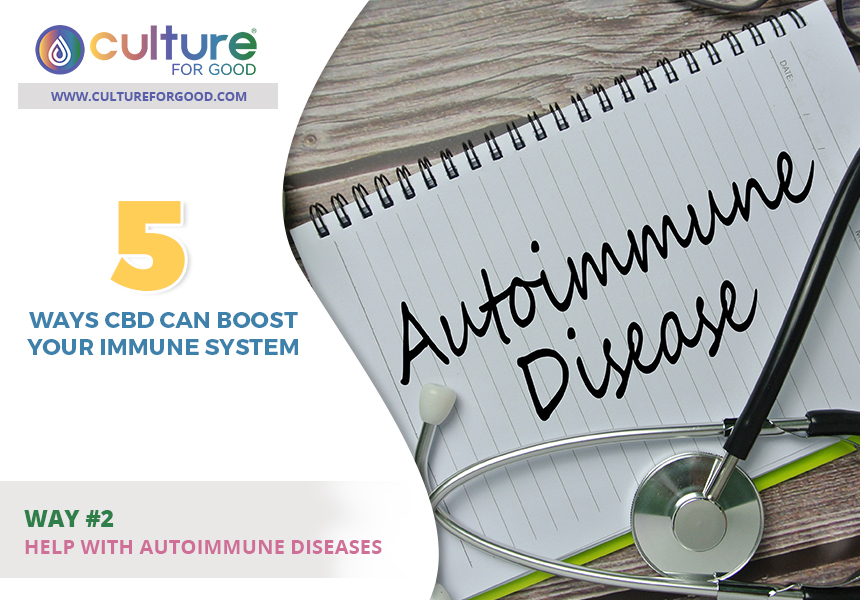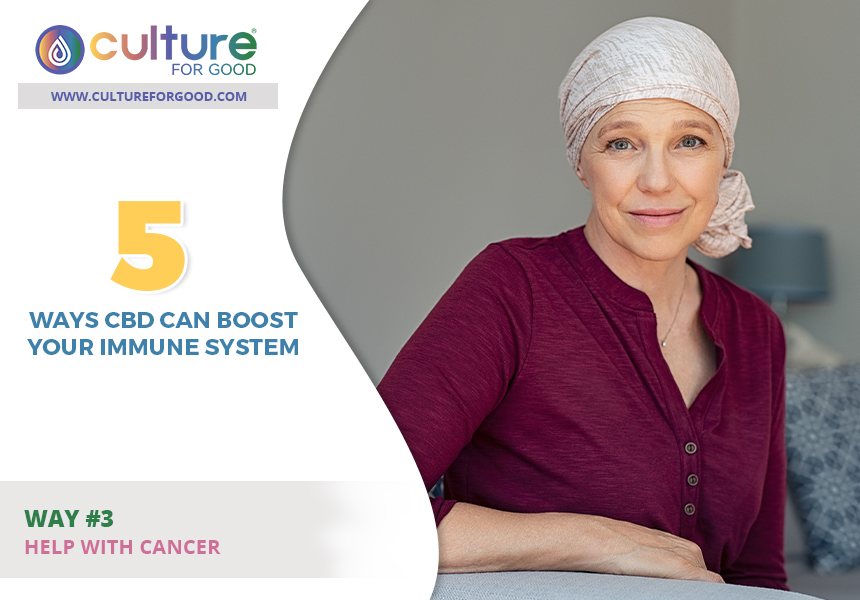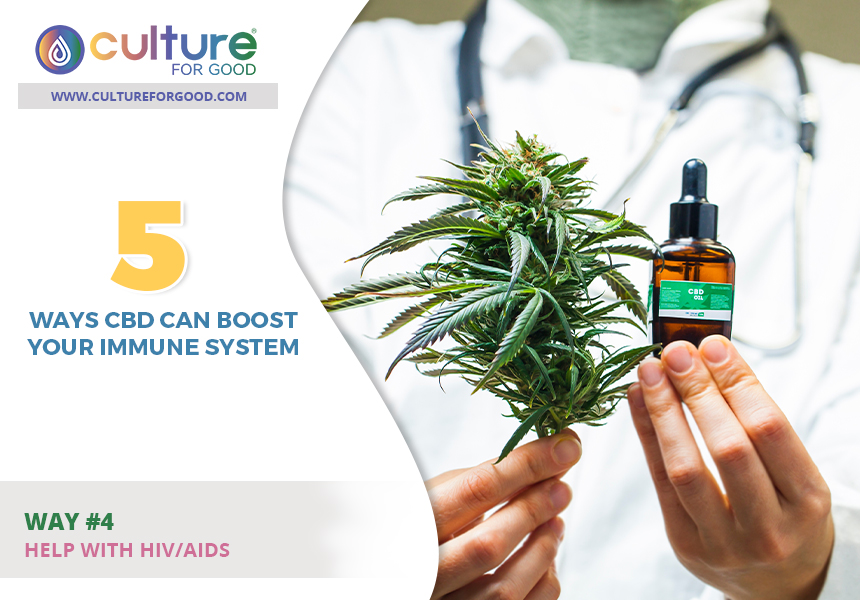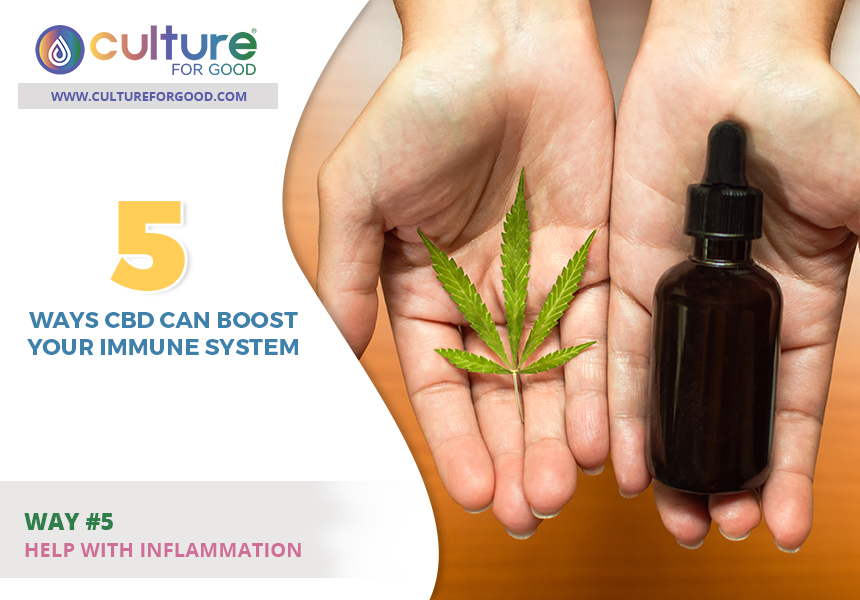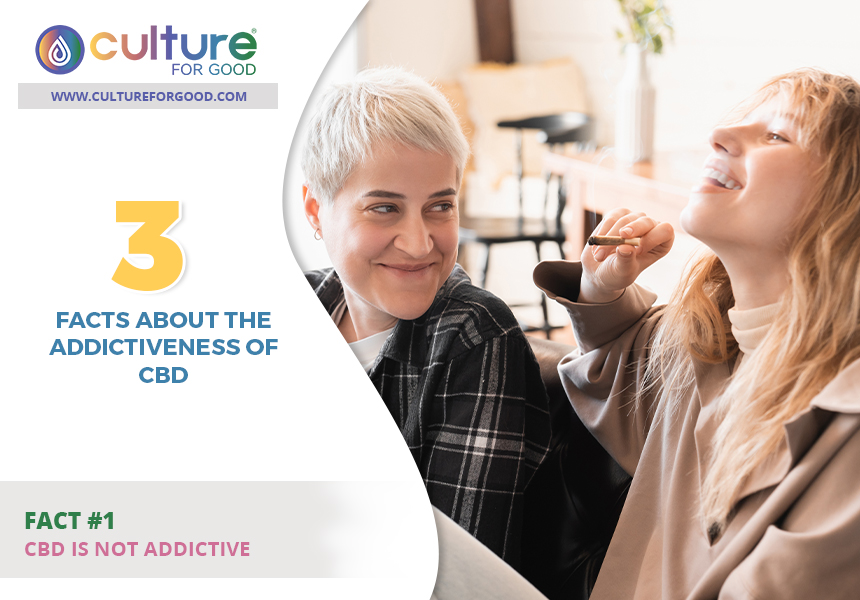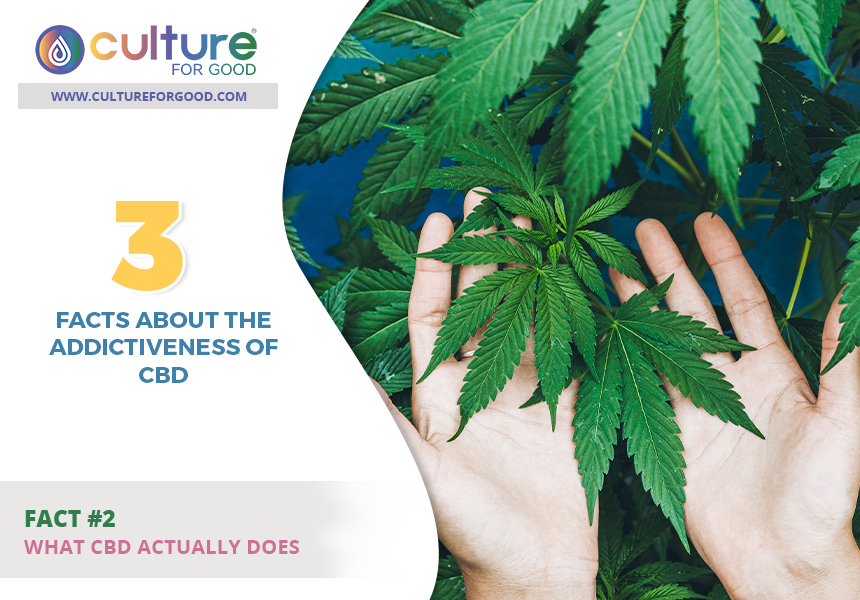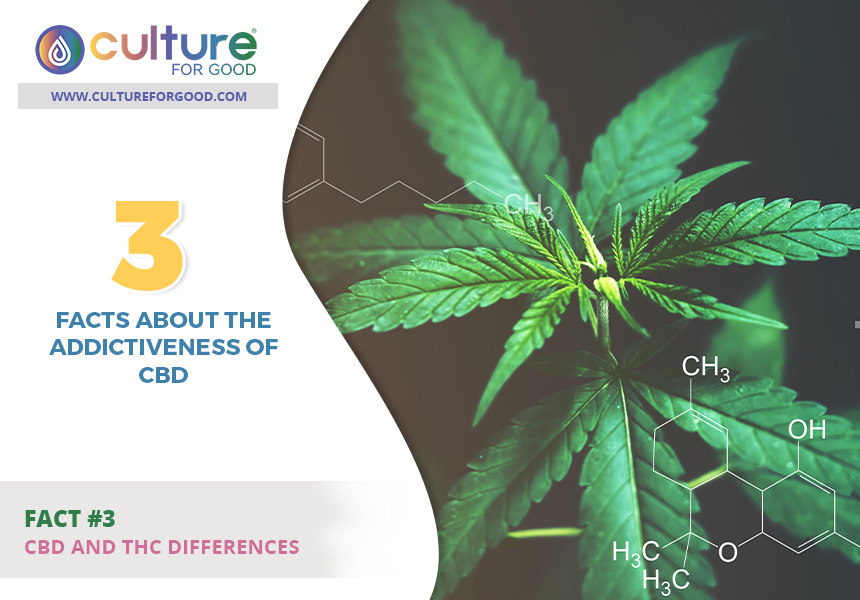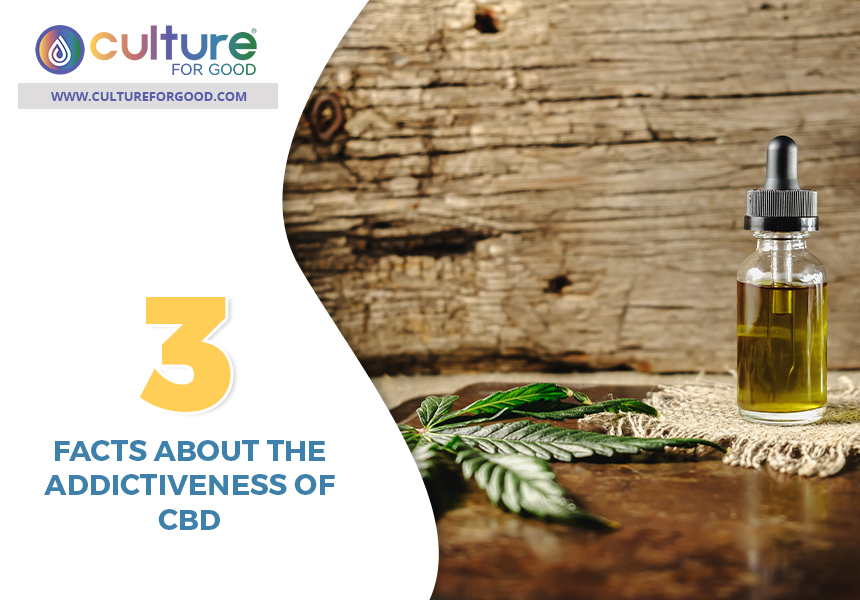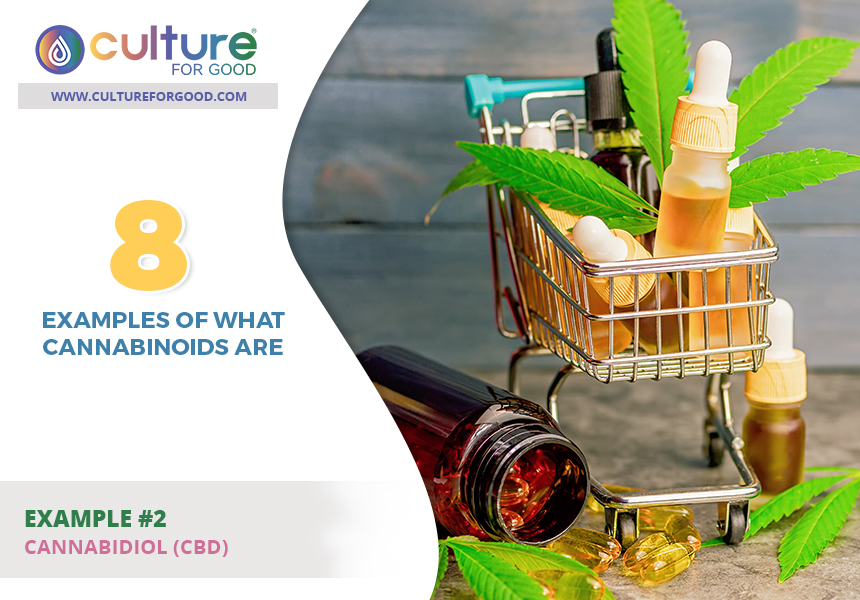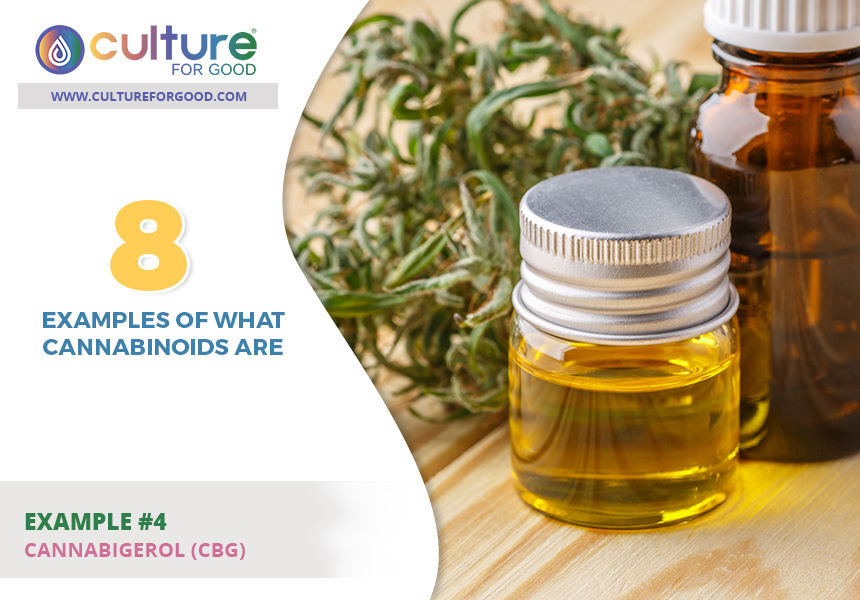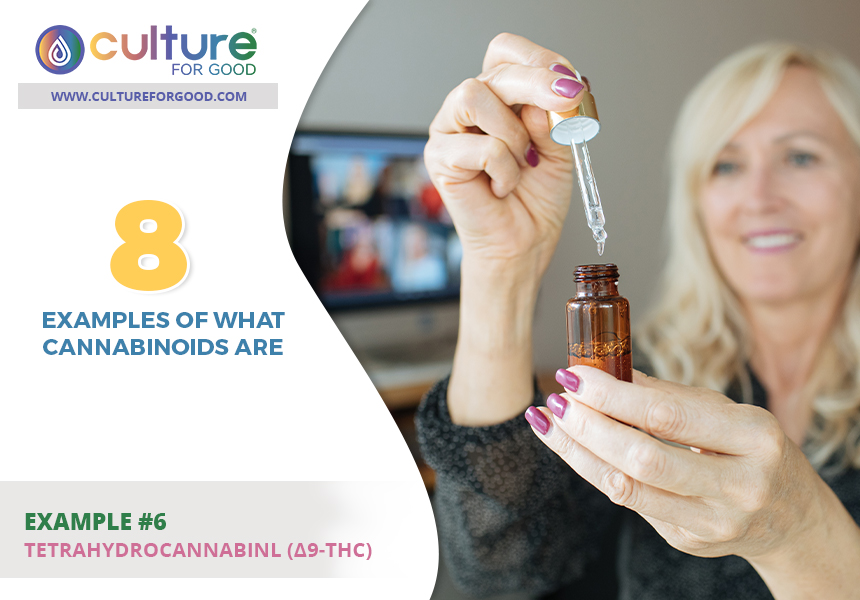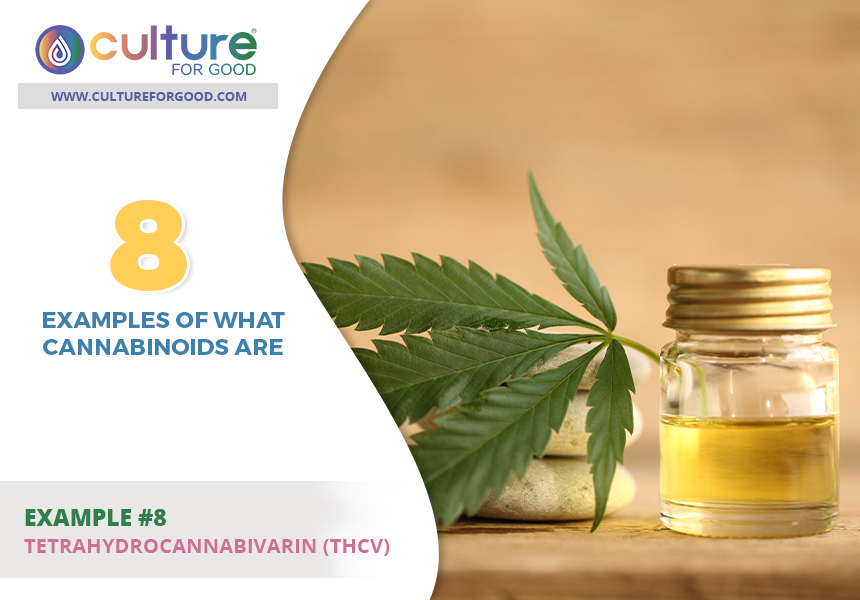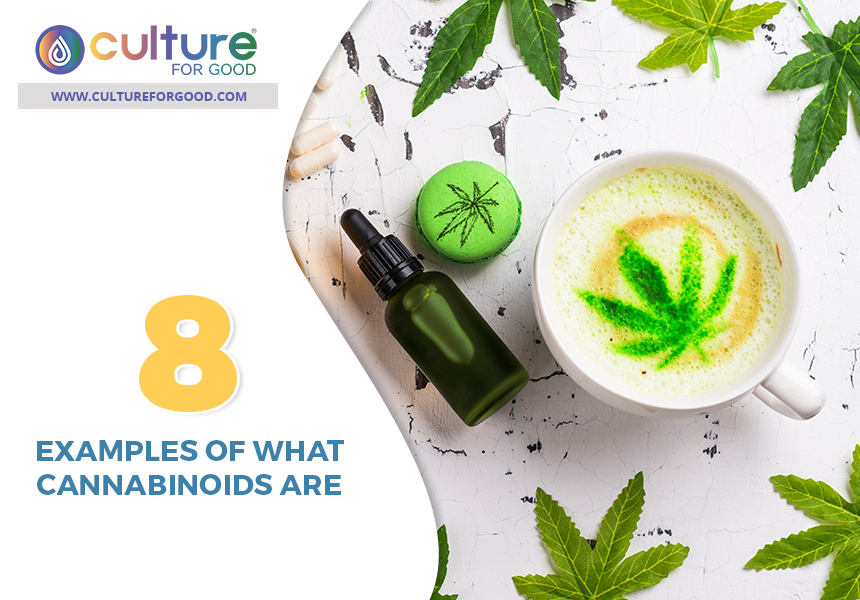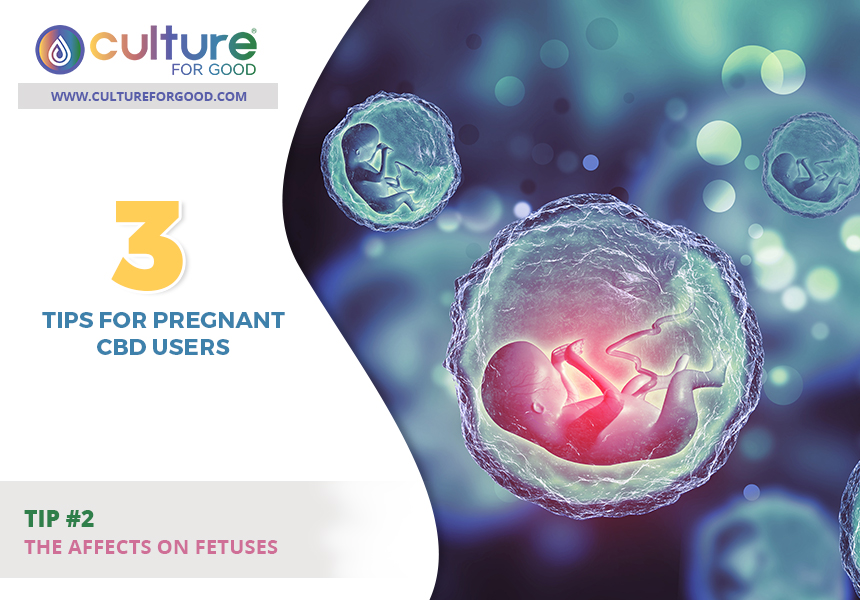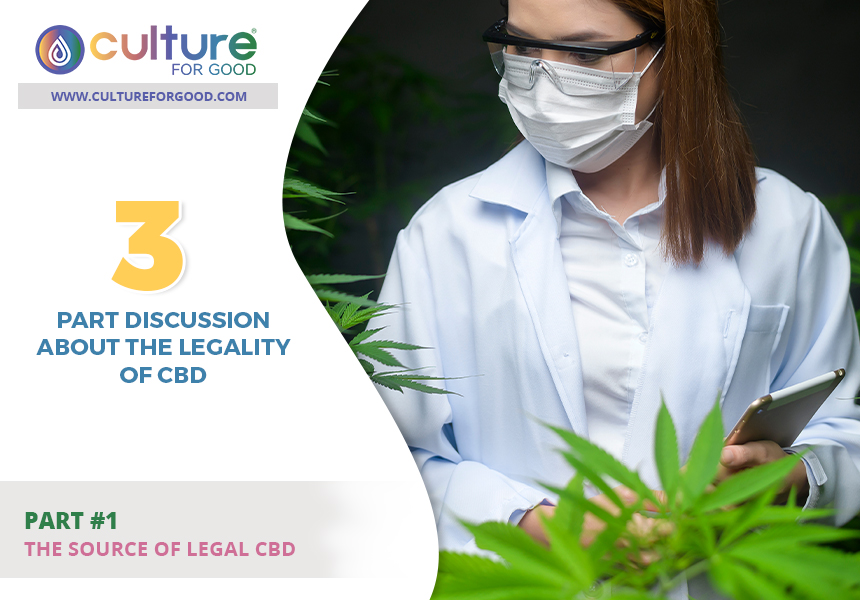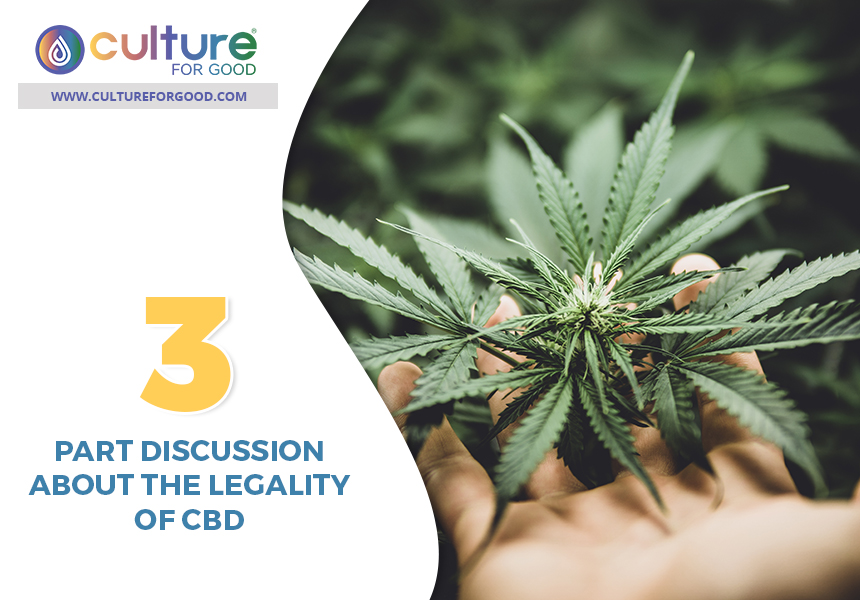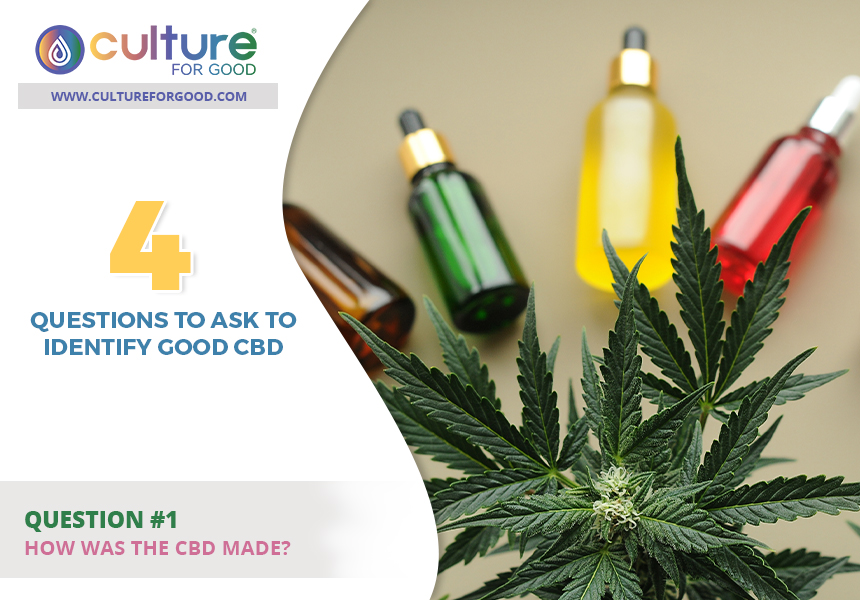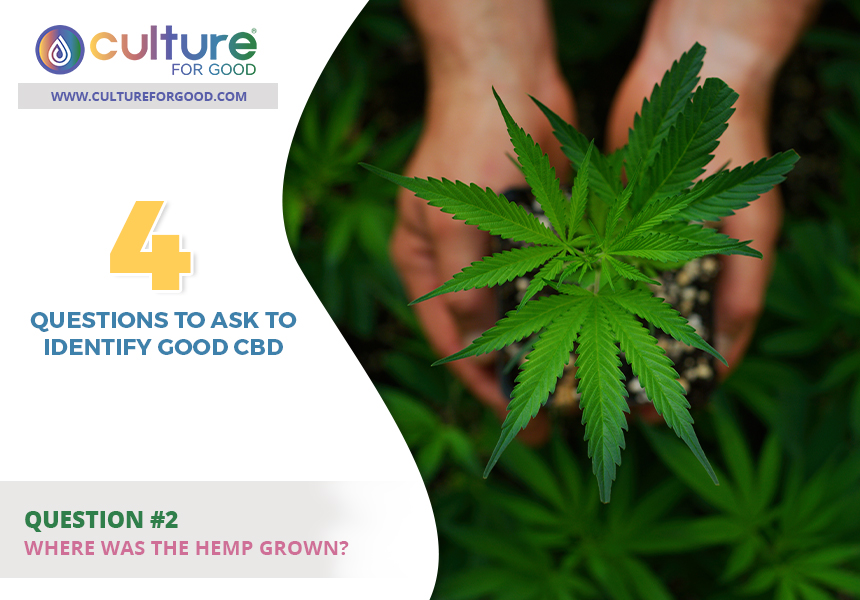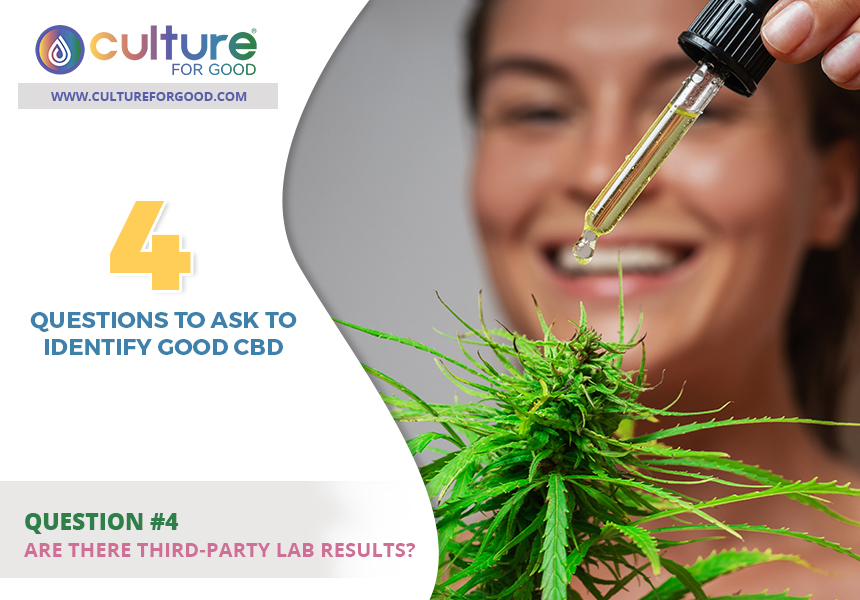Cannabidiol (CBD) is a powerful medicine with a range of health benefits scientists are still unveiling. Furthermore, the cannabinoid is well-known for its therapeutic effects in treating most conditions.
Are you currently suffering from an illness and have had trouble finding the right solution? Has your research of treatment led you this alternative, natural medicine?
If so, you’ve come to the right place. The following guide gives a brief example of the various illnesses CBD can either treat or help alongside standard treatment.
But before we begin, we need to make two important notes:
- The following illnesses ARE NOT every illness CBD is effective towards. If you’re suffering from an illness not mentioned on this list, we highly suggest you do some more research into how CBD may help.
- Due to hemp prohibition, research back CBD’s medical properties remains limited. With that in mind, the information provided here is what we already know. Furthermore, scientists may discover more illnesses which CBD can help in the near future. So, keep an out for future studies!
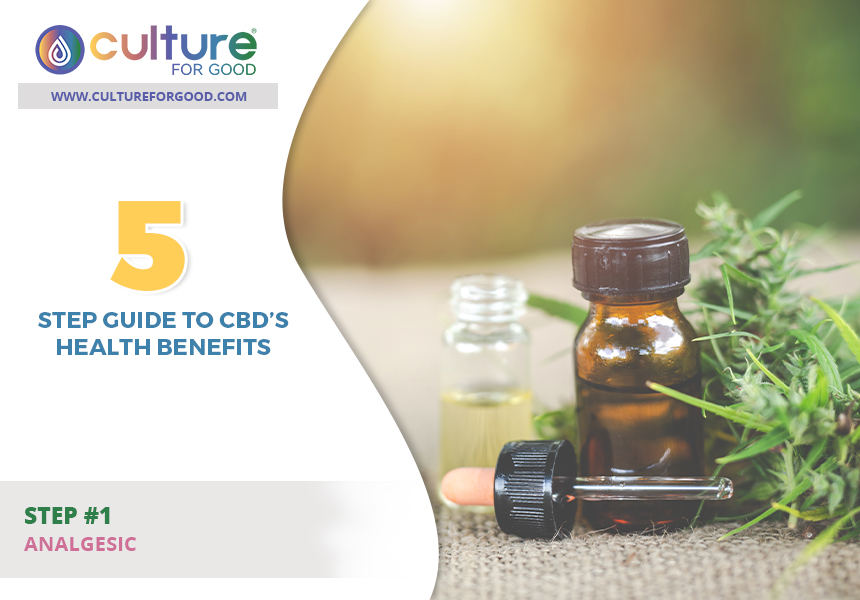
1Analgesic
When it comes to pain (whether mild or severe), CBD holds a lot of potential to become a form of treatment due to the way it acts on the endocannabinoid system. When you intake CBD, it attaches itself to CB1 receptors which are known for signaling the brain to feel pain when an injury occurs¹.
Due to CBD’s ability to target these receptors, it’s also an effective anti-inflammatory and can decrease swelling².
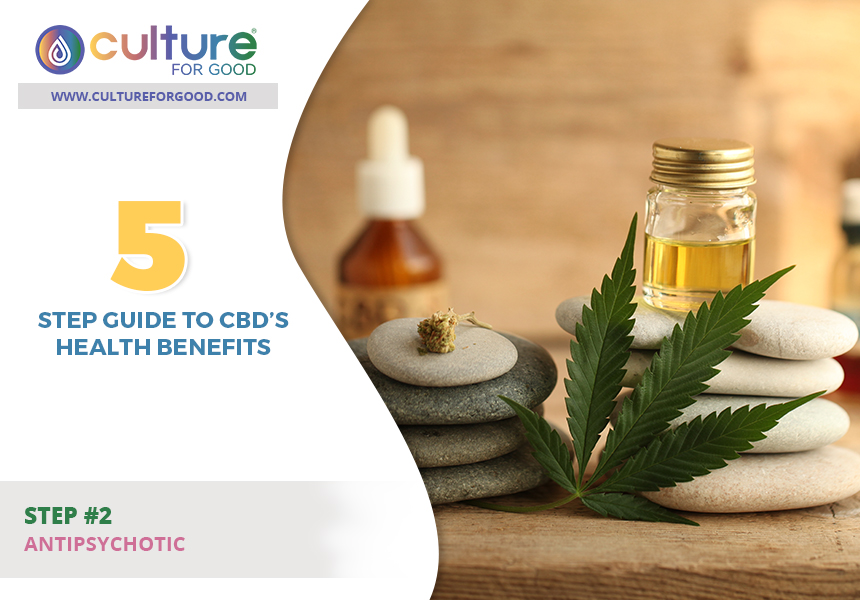
2Antipsychotic
In a research study by the University of Cologne in Germany, it was found that CBD alleviates many of the psychotic symptoms affiliated with schizophrenia³. This is quite groundbreaking for two reasons:
- Within the past few decades, cannabis has been associated with causing schizophrenia in people who hadn’t experienced symptoms prior.
- Many psychologists are finding a large number of people struggling with schizophrenia are not receiving the help they need through standard treatment⁴. Though more research would need to be done, CBD may just be a potential solution to this mental illness.
Also, did you know CBD can counteract a high brought upon by marijuana?
When you smoke weed, tetrahydrocannabinol (THC) enters the body and heightens our endocannabinoid system⁵. This is why you get a euphoric high from smoking. However, cannabidiol (CBD) has been found to balance out the endocannabinoid system.
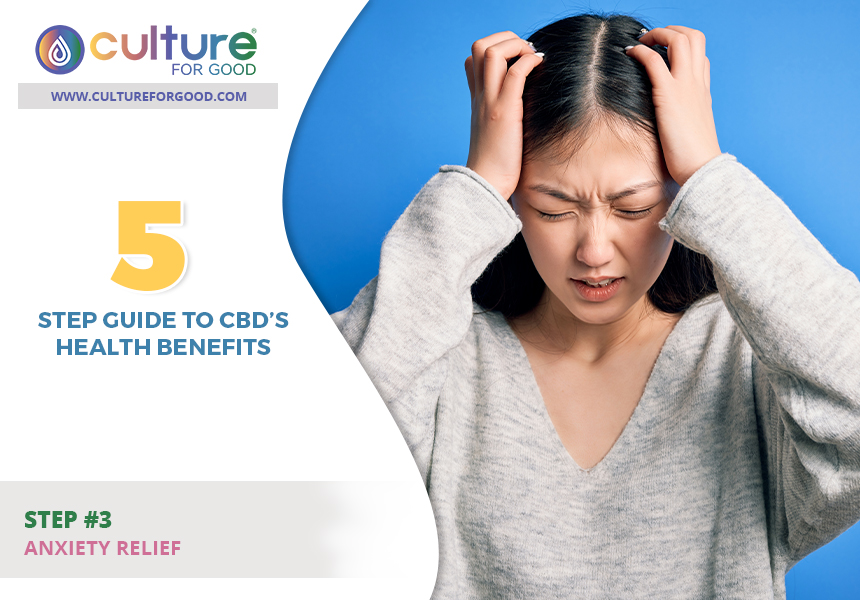
3Anxiety Relief
Many people struggling with an anxiety disorder, such as a generalized anxiety disorder (GAD) or social anxiety disorder (SAD), have found CBD to alleviate many of their symptoms.
In a 2011 study, scientist wanted to test the effects of cannabidiol on people with SAD⁶. Within a group of 24 people, half were given 600 mg of CBD while the other group received a placebo. They then were asked to participate in a simulated public speaking test.
The researchers found that CBD alleviated anxiety, cognitive impairment, and any discomfort the speakers may have initially felt. The placebo group had just as high of anxiety as they had prior.
Numerous studies have been published since that time proving that cannabidiol is an effective treatment for anxiety⁷. This is great news considering standard treatment often results in taking potentially addictive antidepressants.
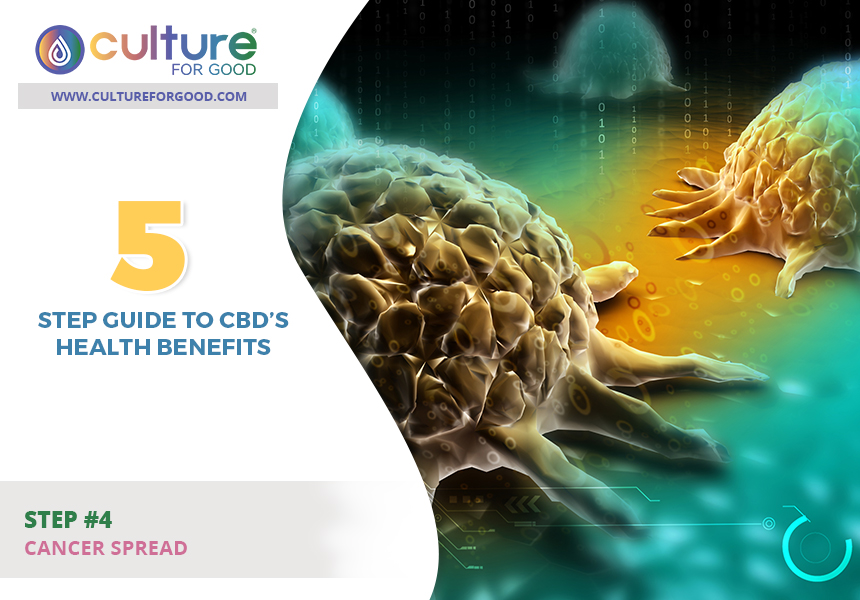
4Cancer Spread
You ever hear a stoner proclaim weed is the ticket to avoiding cancer? Well, their statement is true to some extent. However, it’s not THC that’s a cancer inhibitor. Rather, CBD is where the magic happens.
In a study published by the California Pacific Medical Center, it was found that CBD has the ability to shut down a specific gene known to cause breast cancer. The same study also discovered CBD impedes ID-1, an action that stops cancer cells from moving across the body to far away tissues.
Of course, since there are so many different forms of cancer, it’s too early to tell just which ones CBD will inhibit. Furthermore, CBD isn’t necessarily a treatment for cancer. Rather, it can help to prevent cancer from spreading and, potentially, reduce the risk of cancer within individuals liable to one day have it.

5Digestive Aid
Due to CBD’s ability in attaching itself to cannabinoid receptors, it allows people to develop an appetite. This can be vital when someone is facing a specific disease that decreases their appetite⁹.
With that, CBD has also been found to ease nausea and vomiting. In correlation to preventing cancer spread, people receiving chemotherapy will benefit not just from this prevention but also in easing many of the side effects of this treatment¹⁰.
It should be noted, CBD isn’t the answer to curing digestive problems you might be facing. The best answer for this is a healthy diet and regular exercise. However, CBD may just have the ability to aid your appetite and digestive system alongside these practices.
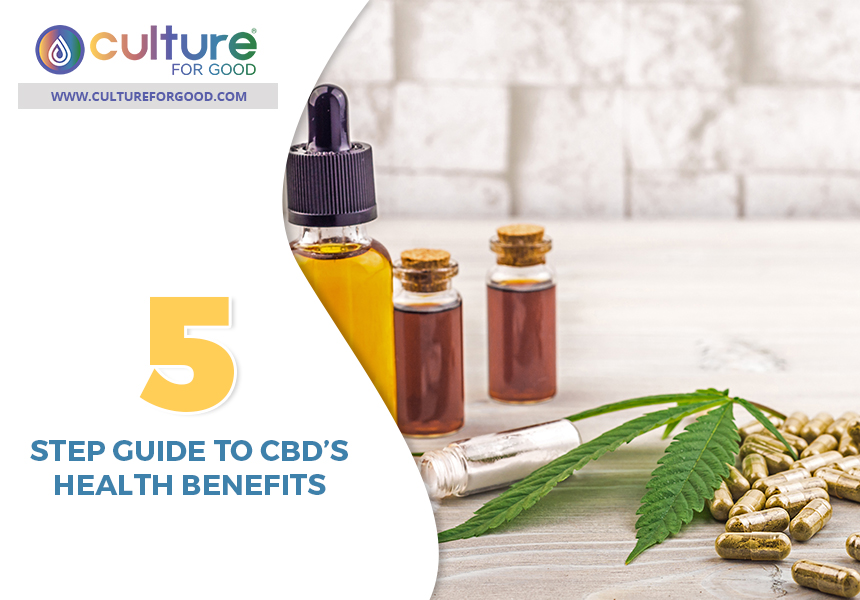
Final Word
CBD is a very powerful medicine with a lot of potential to naturally treat some very harmful diseases. Even more so, it has the ability to help people who aren’t facing an illness to pursue a more therapeutic life.
Having back pain? CBD might just aid in relaxation. Feeling a bit nervous about that presentation you need to give in class tomorrow? CBD may be able to alleviate some of the tension. Recently contracted a cold that’s making you feel nauseous? You may just need a drop of CBD for relief.
As mentioned, scientists are still discovering new ways in which CBD can be a solution for many people’s physical and mental complications. It’s important to stay up to date as new information may just be around the corner.
Also, it’s important to note, if you’re thinking about taking CBD in the long-term for a serious medical condition, it’s important to consult your doctor. Though there are little side effects to CBD, you’ll want to make sure it’ll be safe to take alongside the treatment you’re already undergoing.
Reference Sources
¹ Dovepress: Cannabinoids in the management of difficult to treat pain
² HHS Public Access: Cannabinoids as novel anti-inflammatory drugs
³ Translational Psychiatry: Cannabidiol enhances anandamide signaling and alleviates psychotic symptoms of schizophrenia
⁴ Dialogues in clinical neuroscience: Poor response to treatment: beyond medication
⁵ Europe PMC Funders Group: The effects of Δ9-tetrahydrocannabinol on the dopamine system
⁶ Neuropsychopharmacology: Cannabidiol Reduces the Anxiety Induced by Simulated Public Speaking in Treatment-Naïve Social Phobia Patients
⁷ Springer Neurotherapeutics: Cannabidiol as a Potential Treatment for Anxiety Disorders
⁸ Molecular Cancer Therapeutics: Cannabidiol as a novel inhibitor of Id-1 gene expression in aggressive breast cancer cells
⁹ National Cancer Institute: Cannabis and Cannabinoids (PDQ®)-Health Professional Version
¹⁰ NCBI: Regulation of nausea and vomiting by cannabinoids.
